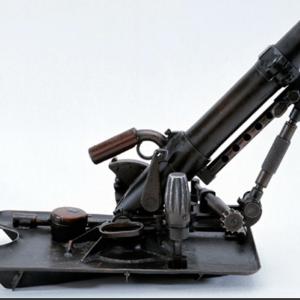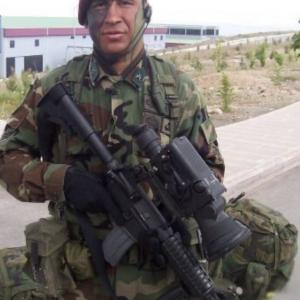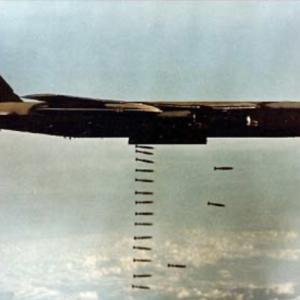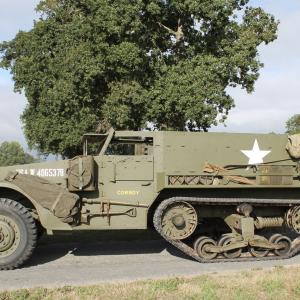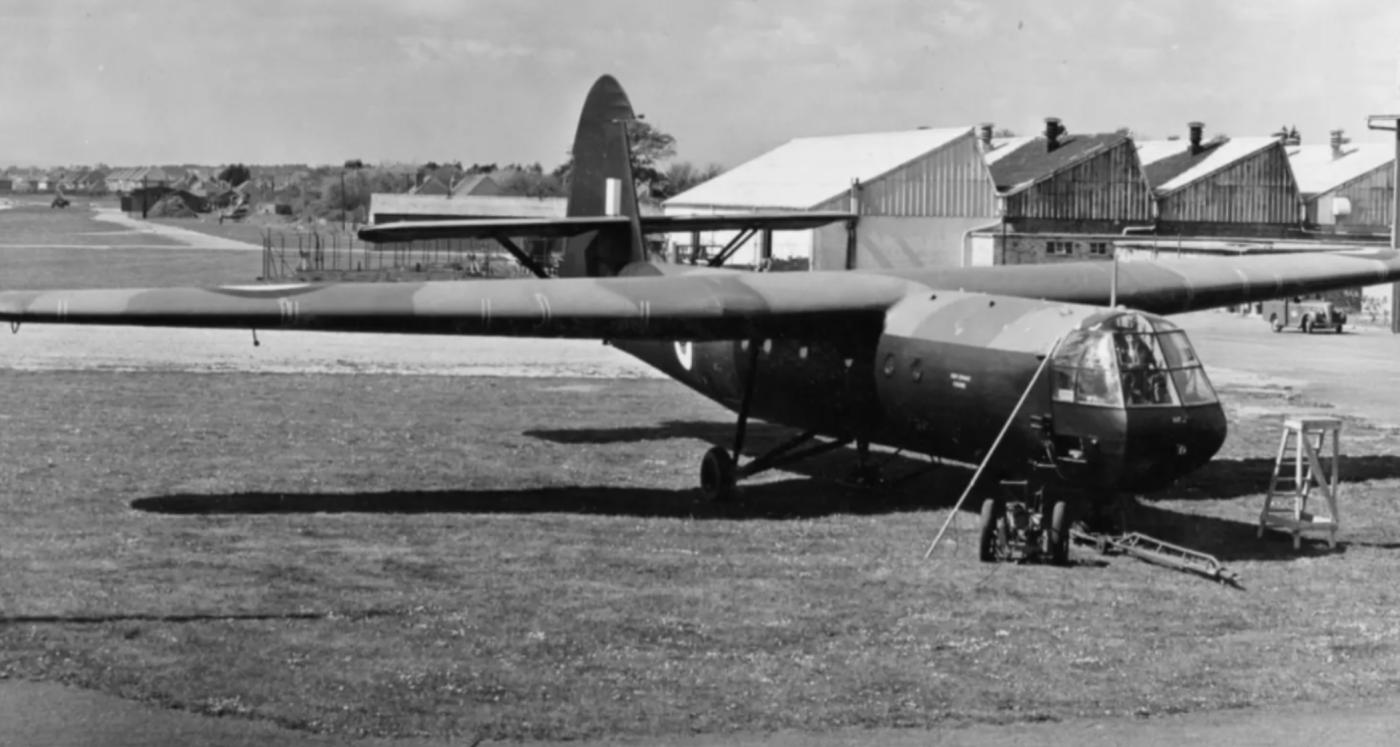
Horsa Glider
The Airspeed Horsa was a British troop-carrying glider developed during the Second World War. Named after the legendary Anglo-Saxon warrior Horsa, it was built to enable airborne troops to land behind enemy lines, bringing with them vehicles, equipment, and artillery. The Horsa was developed by Airspeed Ltd., a British aircraft manufacturer founded in the 1930s. Its design was initiated in response to an urgent requirement from the British War Office in 1940, following the successful use of glider-borne troops by Germany earlier in the war.
The design of the Horsa was both practical and strategic. Built primarily from wood due to metal shortages, the glider featured a high-wing monoplane design with a semi-monocoque fuselage. The use of wood also allowed non-traditional manufacturers, such as furniture companies, to assist in its production. The glider was equipped with a tricycle undercarriage that could be jettisoned during landing, allowing the glider to skid to a halt on its reinforced belly. For visibility and coordination, the cockpit housed two pilots. The large wings provided the necessary lift to carry heavy payloads without powered engines, relying entirely on the tow of transport aircraft such as the Handley Page Halifax or the Short Stirling.
Manufacturing of the Horsa was a significant logistical effort. More than 3,600 were produced during the war, with a variety of companies contributing to the manufacturing process, including furniture makers who specialized in woodcraft. The fuselage was constructed in three main parts: the cockpit section, a mid-section for troops or cargo, and a tail section. This modular design simplified transport and assembly. Most gliders were produced in separate subassemblies that were brought together at Royal Air Force Maintenance Units for final assembly and flight preparation.
There were two main variants of the Horsa. The AS.51 was the original version, capable of carrying up to 25 fully equipped troops, or combinations of smaller vehicles, artillery pieces, and equipment. The AS.58, the later variant, included a hinged nose and reinforced floor to allow for faster unloading and the carriage of heavier loads, such as a jeep and a 6-pounder anti-tank gun. This evolution made the glider more versatile and effective for a wider range of airborne missions.
The Horsa glider saw extensive service in several major operations during the Second World War. It was first used operationally during the Allied invasion of Sicily in July 1943. Though early missions experienced difficulties such as poor navigation and accidental water landings, these early uses provided critical learning opportunities for future airborne assaults. The Horsa came into its own during the D-Day landings on June 6, 1944. Hundreds of Horsas were used to deliver British airborne troops of the 6th Airborne Division to secure key bridges and roadways ahead of the amphibious invasion, most notably during the successful assault on Pegasus Bridge. Gliders enabled troops to land in close proximity to their objectives with a degree of stealth and precision that paratroopers could not always match.
One of the most famous operations involving the Horsa was Operation Market Garden in September 1944. In this bold but ultimately unsuccessful attempt to seize key bridges in the Netherlands, Horsas carried troops of the British 1st Airborne Division to Arnhem. Although the operation failed to meet its full objectives, the gliders performed as designed and proved once again the feasibility of mass troop and equipment delivery without powered aircraft.
The final major use of the Horsa came during Operation Varsity in March 1945, the largest airborne operation conducted in a single day. In this effort to cross the Rhine and invade Germany, the Horsa once again transported troops and heavy equipment with remarkable success, helping to secure the bridgehead and expedite the Allied advance.
Despite being a disposable aircraft, designed to be left behind after landing, the Horsa was highly respected by its pilots and the airborne troops it delivered. Its reliability, large capacity, and well-designed interior made it one of the best assault gliders of the war. Its wooden structure meant it could be quickly mass-produced without straining the already-stressed wartime aircraft manufacturing sector. It was strong enough to land on rough fields or crash-land in tight zones while still protecting its cargo.
In the postwar period, most Horsa gliders were scrapped. A few partial reconstructions have since been displayed in museums, and it remains a key part of Britain’s military aviation history. The use of the Horsa represents one of the more unique and bold strategies in World War II airborne operations, contributing significantly to the evolution of military air transport and airborne assault techniques.

